|
I returned to Sabino Canyon on Monday the 21st, and walked again east to the Bear Canyon road, then north to the dam and back, this time with my wife who was my walking partner and trusty bird spotter. Of our sightings and images, I offer three: VerdinSeveral images, including one with wings open, that show the rufous shoulder patch that is described as being "oft-concealed" in the description by Richard Taylor in his guide, Birds of Southeastern Arizona, p. 273. Verdin, with rufous (reddish-brown) shoulder patch showing, images above and below Verdin, below, with wings open showing the location of the patch on the shoulder. Blue-Gray GnatcatcherWe are pretty sure of this identification from Richard Taylor's guide and also the National Audubon Society's, The Sibley Guide to Birds, written and illustrated by David Allen Sibley, p. 397, Alfred A. Knopf, 2000. I got two shots with my subject partially hiding behind a branch, but showing enough detail to provide identification. See if you agree with us. Likely a male Blue-Gray Gnatcatcher, with white eye-ring, medium length bill, and narrow black forehead crescent. Note that this is the only migratory species of gnatcatcher (Taylor, p. 295). Similar view below. Chipping Sparrow? More likely immature White-crowned sparrow*I got many images of this bird, and similar partners, in a tree infested with mistle-toe not far from the dam. * Many thanks to Florence Sanchez who posted a comment on January 9th (see link to Comments at the end of the post). She identifies these birds at immature White-crowned Sparrows. Tom Grey's website has an extensive section on these birds, including great photos of immature and mature birds. See also page 377 of Richard Taylor's handbook, Birds of Southeastern Arizona. Richard Taylor's guide has no less than 20 pages devoted to sparrows. The Chipping Sparrow is described as small-billed, slender with dark lores, gray breast, gray rump and long cleft tail. Similar species are the non-breeding Clay-colored Sparrow (Taylor, p. 365). The Sibley Guide to Birds notes that the adult non-breeding has a rufous-tinged crown and pinkish bill (p. 485). Taylor's guide notes that they forage on the ground, and form large flocks in winter, which is consistent with the large number of birds we saw. He also notes that in SE Arizona the Clay-colored sparrow is usually a lone bird in a flock of Chipping Sparrows. Road Runner, always good for comic relief!I was tracking this RR back and forth across the road, and he/she decided to stop and scratch! Happy Holidays everyone! To paraphrase, "May the Birds be with You!"
3 Comments
Marge Kesler
1/9/2016 04:53:10 am
Enjoyed your beautiful bird pictures tKen in Sabino Canyon...would like to see more.
Reply
julie
1/9/2016 10:12:35 am
Reply
Florence Sanchez
1/9/2016 09:27:59 pm
The bird you have labeled as a Chipping Sparrow is an immature White-crowned Sparrow.
Reply
Leave a Reply. |
AuthorHenry Johnson, photographer and author of this site. For more detail, see About
Categories
All
Archives
July 2024
|
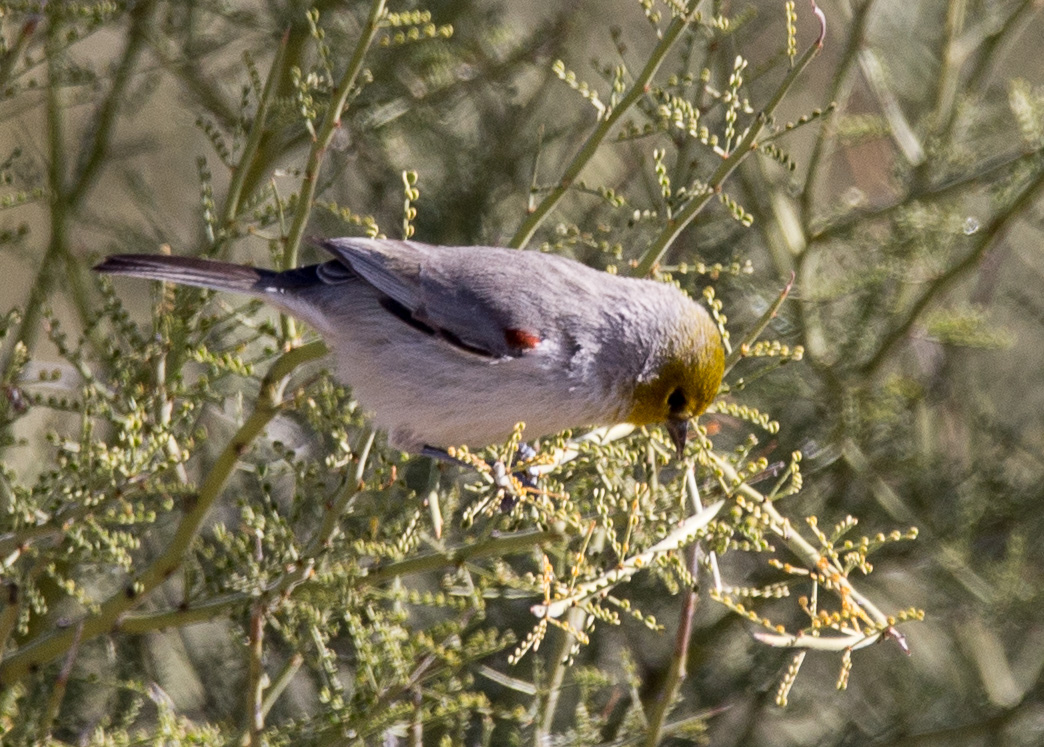
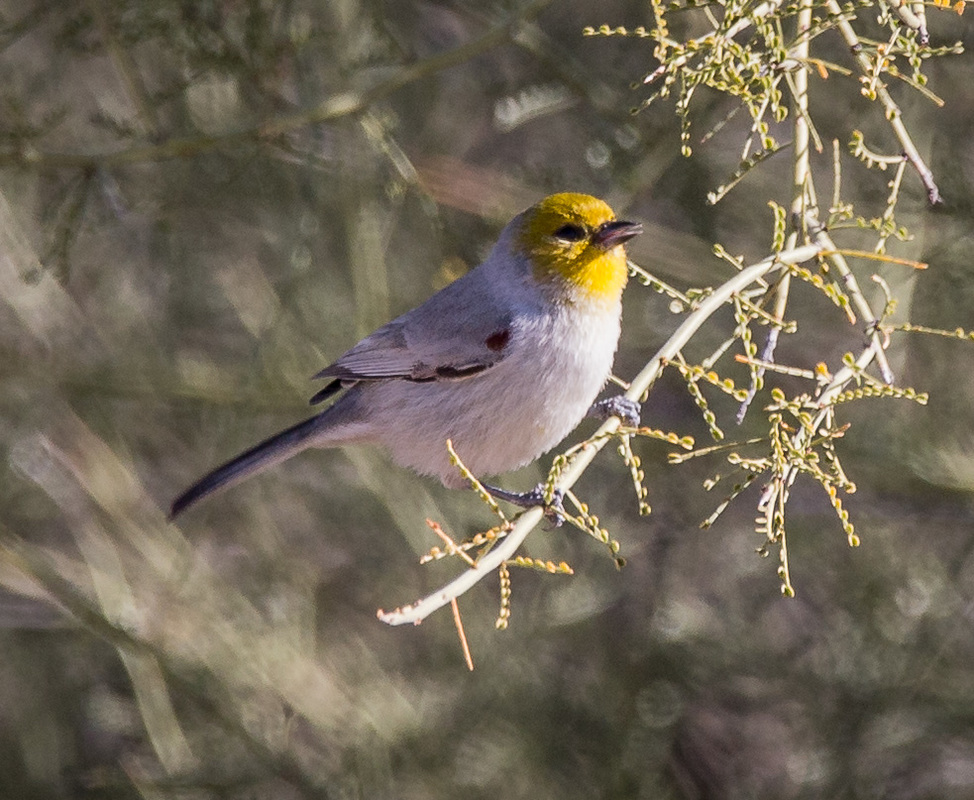
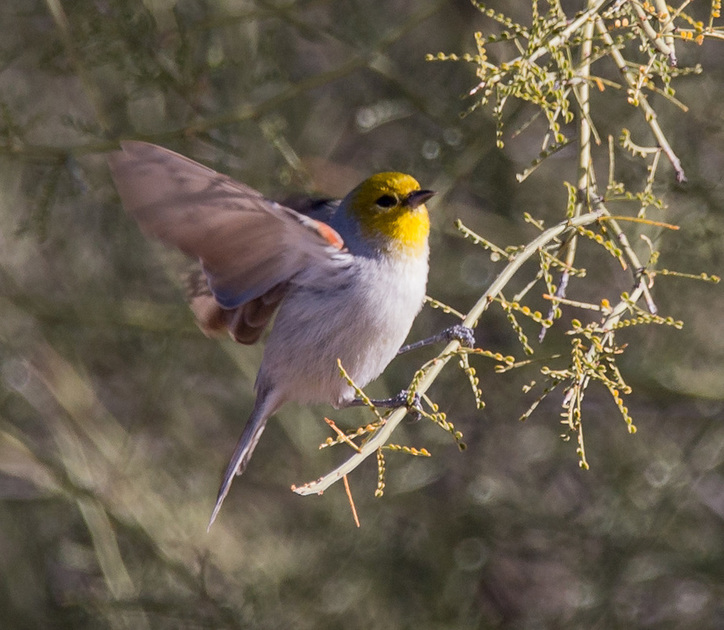
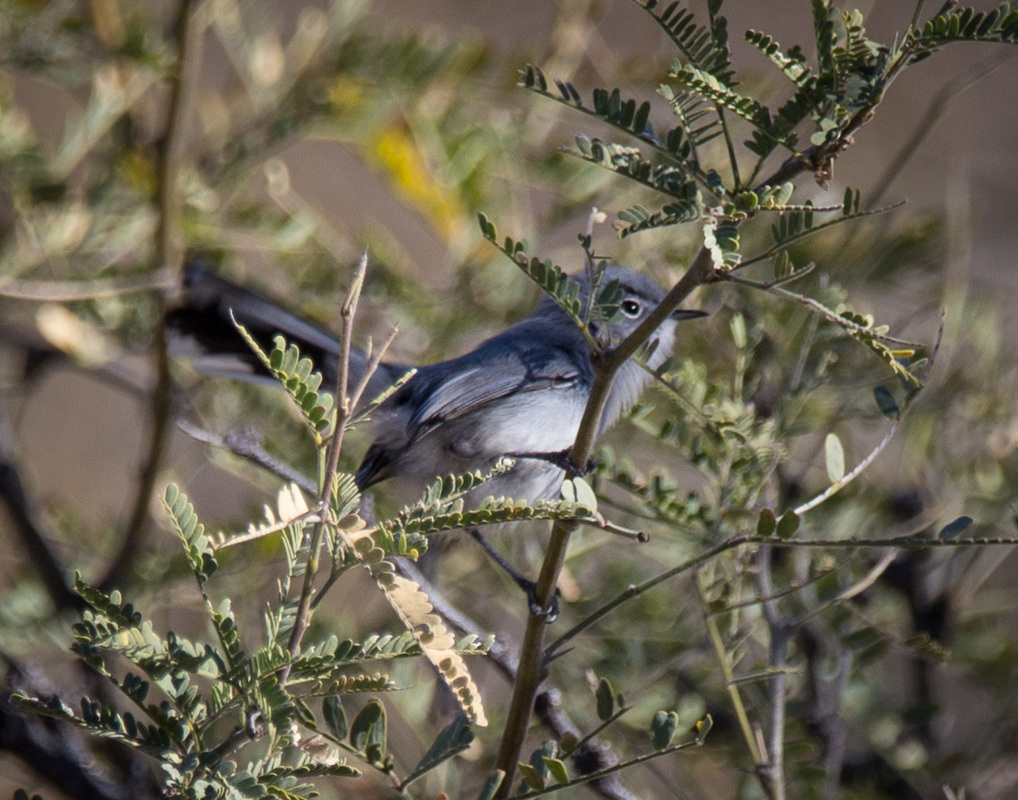
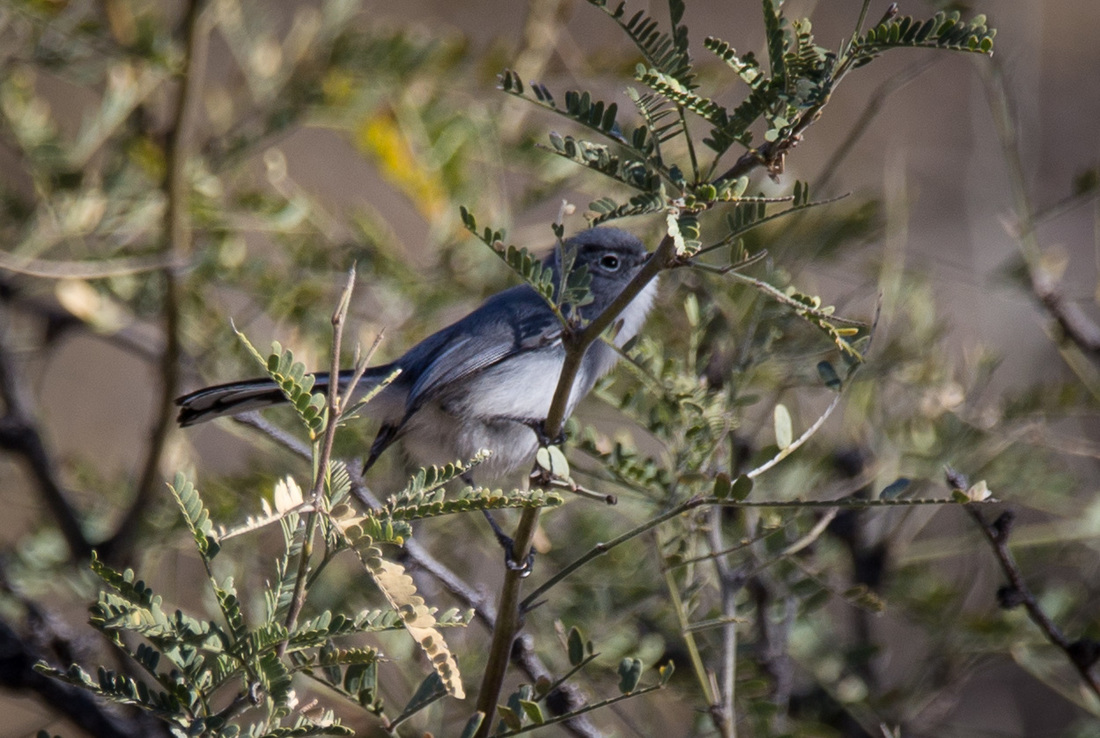
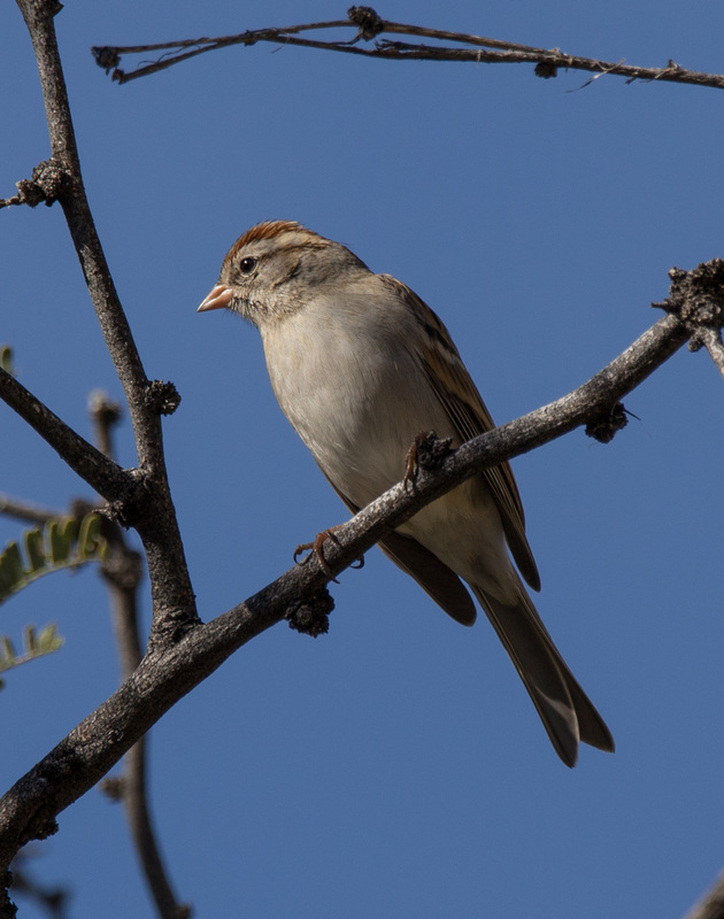
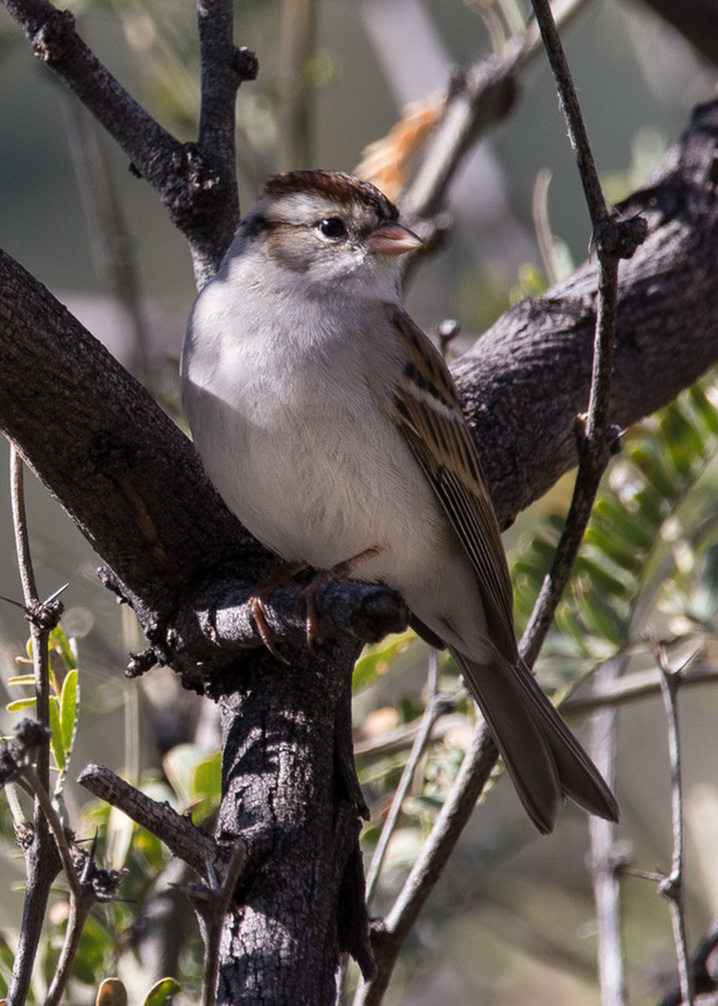
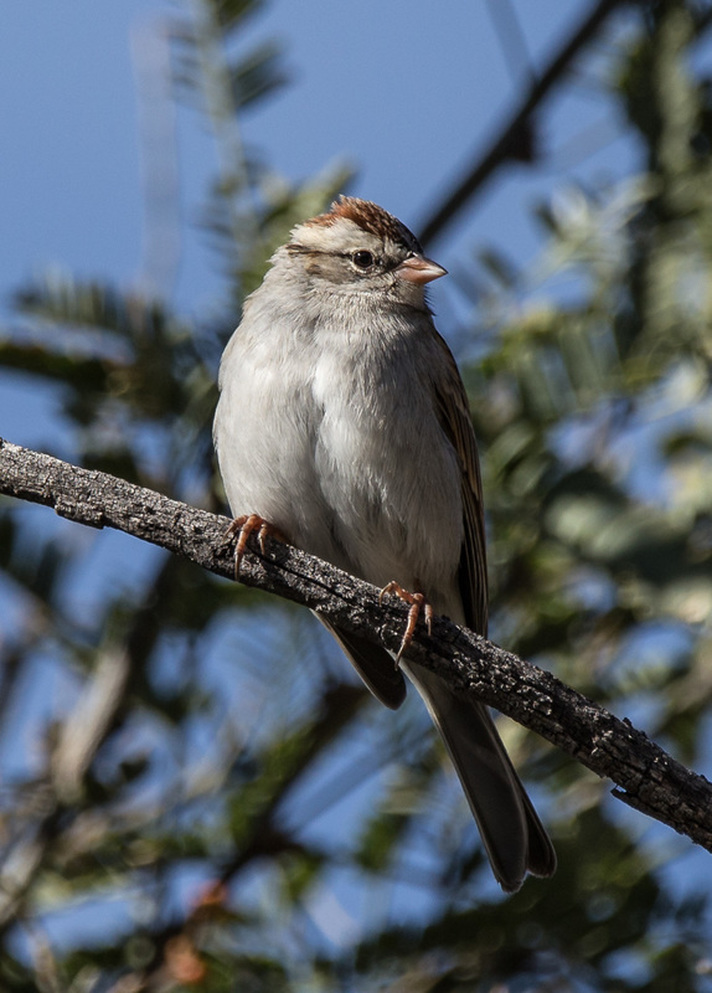
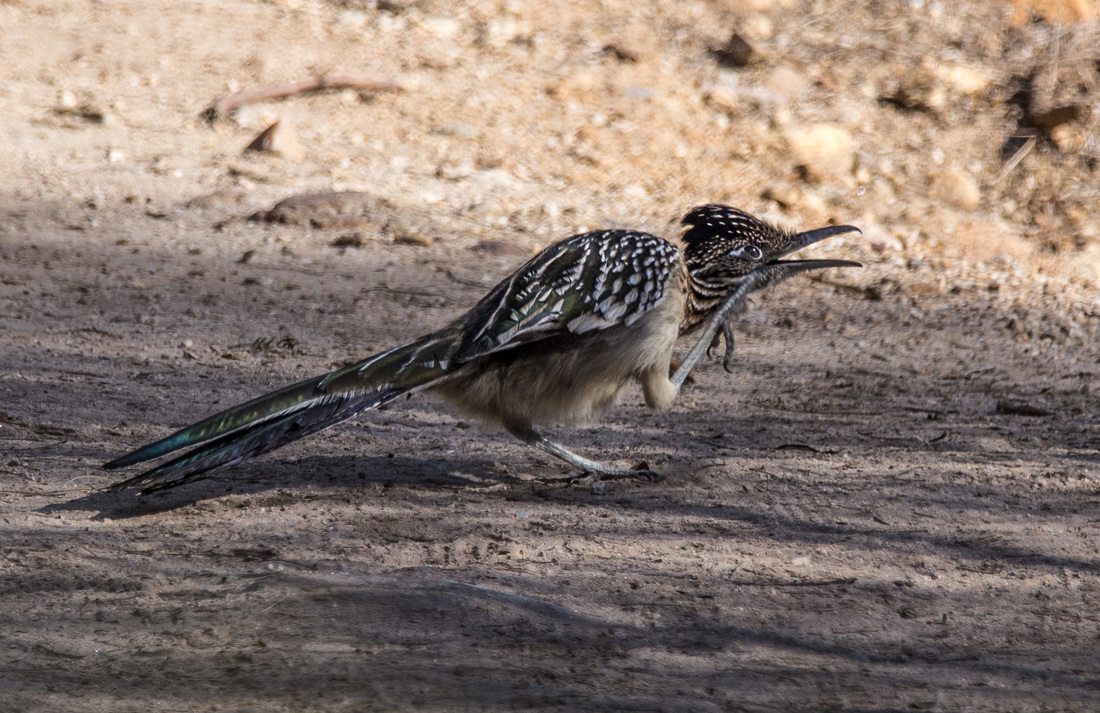
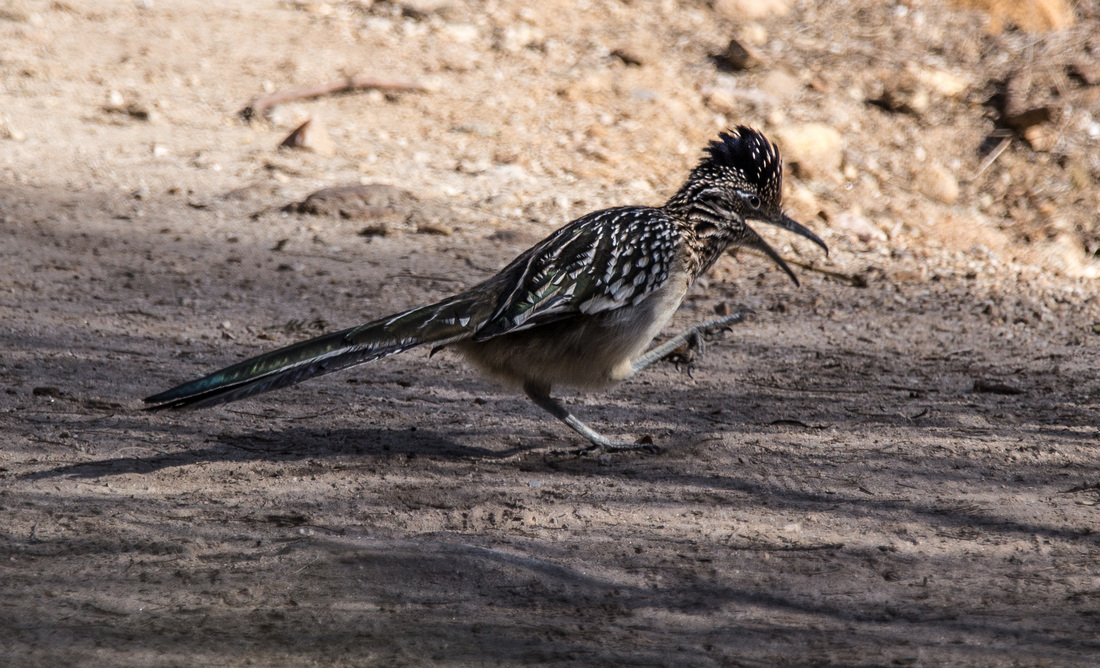
 RSS Feed
RSS Feed